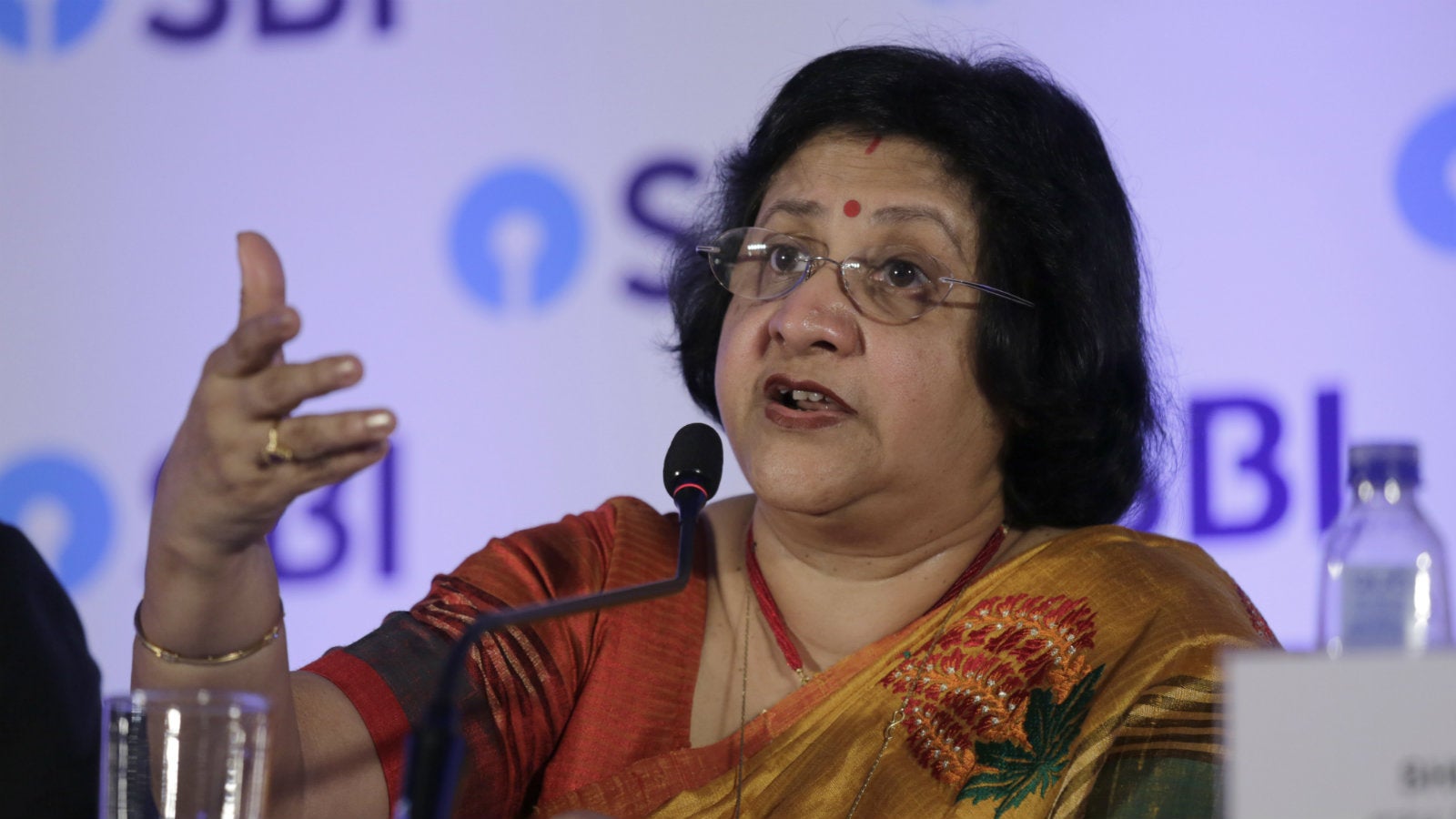The SBI’s rate cut will fundamentally change how savings bank accounts are viewed in India
On July 31, 2017, the State Bank of India (SBI), the country’s largest commercial bank, lowered the interest rate by 50 basis points to 3.5% per annum on savings bank deposits of Rs1 crore or below. The reasons: benign inflation rates and a large influx of funds due to demonetisation.


On July 31, 2017, the State Bank of India (SBI), the country’s largest commercial bank, lowered the interest rate by 50 basis points to 3.5% per annum on savings bank deposits of Rs1 crore or below. The reasons: benign inflation rates and a large influx of funds due to demonetisation.
SBI’s initiative needs to be carefully analysed because until October 2011, the savings bank deposit interest rates were regulated by the Reserve Bank of India. Since then, after banks were given the freedom to determine their rates, many banks increased it while none reduced it.
In recent years, commercial banks have not been transmitting the impulse of lowering repo rates by the RBI. It was said by the commercial banks that lending rates are directly related to the cost of banking, especially those of deposits. Since costs have been rising and bank credit had declined, banks complained that their net interest margins were shrinking. Thus, there was a need to reduce costs, before reducing lending rates.
Therefore, after extensive research followed by prolonged debate and discussion, the RBI introduced the marginal cost of funds-based lending rate system in April 2016. This mechanism, based on incremental growth of deposits and lending, was aimed at improving monetary transmission. However, this system was not operating satisfactorily as banks continued to complain about the risks of lowering the lending rates.
The implications of reducing the savings bank interest rate by SBI are many. It could lead depositors to migrate to other banks, especially those offering higher interest rates. This is a move in the right direction and will lead to competition.
However, on a more fundamental level, the objective of savings bank deposits, which are liquid as cash, is to mobilise financial resources for on-lending for productive purposes. The interest income earned on savings bank account balances is neither meant to serve as on old age pension nor to reward idle cash balances, as is being argued by some analysts. Pension and welfare schemes for the elderly can be devised by the central and state governments. Fixed deposits with lock in periods are designed to offer higher rates of interest to reward genuine and small depositors. Then there are also post office instruments like the National Savings Certificates for this purpose.
With regard to the reason for lowering of interest rates by SBI, it is correct that banks are flushed with funds as an immediate consequence of demonetisation. However, it must be considered that when, earlier, people were not earning any interest on cash balances stashed outside the banking system, should they be earning a bountiful 4% interest rate now? Could rates lower than 4% be sufficient incentive to maintain deposits in a bank? In fact, in foreign countries, savings bank accounts offer marginal interest rates, generally less than 1%.
There may be a need to have a slab structure of interest rates on saving deposits. To protect the genuine small savers, banks could offer the lowest rung, may be up to Rs10,000, higher rates of interest. As the balance increases, the rates offered could be lowered.
It can be argued that, to reward genuine savers, banks could consider paying interest on balances of less than Rs1 lakh, an amount insured by the RBI. For any amount above Rs1 lakh, the depositor could be encouraged to open fixed deposits, while being offered no interest on savings bank balances. Further, the motives of those depositors maintaining over Rs1 crore in savings accounts should be questioned and certainly not offered 4% interest on readily cashable balances safely kept in banks.
We welcome your comments at [email protected].